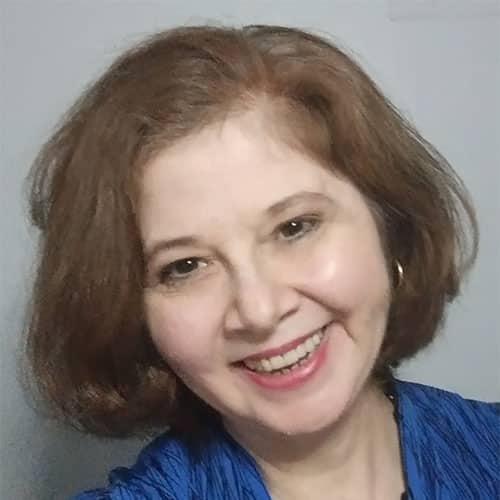 Photos by Debra Eckerling
Photos by Debra Eckerling Something amazing has happened on the third floor of Chabad House at UCLA in Westwood. It’s been magically transformed into the five different sets that make up the Martin Ackermann Model Matzah Factory. It’s the site of a clever, fun and hip retelling of the story of Passover, followed by an interactive lesson in how matzo is made.
Craig Ackermann, whose family dedicated the program in memory of his father, Martin, told the Journal, “As a lover of Passover, freedom and children, and as a practical hands-on person, my dad would undoubtedly support this wonderful effort to educate the next generation about God’s liberation of our ancestors from Egypt in such a tangible and beautiful way.”
Chabad Youth Director Aron Teleshevsky leads the experience, designed for children and adults alike. Local college students assist him by playing many of the characters (Moses, Pharaoh) along with Teleshevsky’s brother-in-law Rabbi Zalman Goodman from Chabad of Beverly Hills.
The Matzah Factory experience starts in the main room, where, after a brief introduction, Moses comes out from the pyramid to retell the story of the Children of Israel’s struggles in Egypt. Armed with God’s message to “let my people go,” the audience joins Moses to meet with Pharaoh at the palace in the next room.
“There are two parts to the experience. One is reliving the story of the Exodus, making it something that’s a little bit less foreign. The second is the process of making matzo, because matzo is a big part of Pesach.”
— Aron Teleshevsky
The humorous and modern script is designed for optimal engagement. For instance, when Pharaoh and his assistant are pelted with the plague of toy frogs, the song “Who Let the Frogs Out?” (with apologies to Baha Men and their hit 2000 single, “Who Let the Dogs Out?” ) plays over the loudspeaker.
Once Pharaoh relents after the final plague of the death of the firstborn, Moses leads participants to a farm where they are shown how to separate the seeds from the wheat and grind them into grain. The next room, the rainforest, has a lesson on how the flour and water are carefully combined to make the matzo dough. “No water can touch [the flour] until right before it’s ready to go,” Teleshevsky said. And finally, attendees are led into the bakery where they roll out and make holes in the matzo dough. The matzo is then baked and participants take their edible, though not kosher for Passover, treats home.

“It’s all about bringing [the story of Passover] to children and adults in a hands-on way,” Teleshevsky told the Journal after one of the performances. “Adults need this sense of connection just as much as kids do. Of course, we want the kids to grow up with a feeling of connection and to be able to implement Judaism into their lives, keep the traditions going and pass it on to their children, God willing. But the adults need to feel it, too.”
Every year, in the weeks leading up to Passover, the Matzah Factory plays in Westwood. Teleshevsky also takes the show on the road to schools and synagogues throughout Los Angeles.
“There are two parts to the experience,” he said. “One is reliving the story of the Exodus, making it something that’s a little bit less foreign, a little bit less abstract. The second part is the process of making matzo, because matzo is a big part of Pesach, and it’s a big part of the story of when the Jewish people left Egypt.”
The experience is tweaked accordingly for children and adults. “Last night, I was at Temple Isaiah,” Teleshevsky said. “We had a group of adults, so we spoke more about the significance of the different plagues, the story and what we could learn from it.”
Teleshevsky hopes that whoever experiences the Matzah Factory or even reads about it is inspired to do something extra to connect with their heritage. “Connect to the spark inside of you,” he said, whether it’s another Friday night dinner, lighting Shabbat candles, visiting the mikveh, putting on tefillin or doing another mitzvah. “Just reconnect,” he said. “That’s what it’s about.”
Chabad has been running the Matzah Factory for 30 years; Teleshevsky has been in charge for the past seven, and it still draws crowds. “It’s always about updating [the stories and experiences],” he said, “and making it more fun, more creative, more hands-on and more experiential.”





















 More news and opinions than at a Shabbat dinner, right in your inbox.
More news and opinions than at a Shabbat dinner, right in your inbox.